
9 Steps To Include Fun in Your Budget
Learn how to account for fun in your budget so you can loosen up spending limits, avoid splurges and keep yourself on track to achieve your financial goals.
Let's say you've carefully crafted your budget with just enough to cover bills and contribute to your savings goals — but you found out your favorite band is coming to town. And you really want to try that new Italian restaurant. And there's that pickleball club you've been wanting to join.
Should you skip the fun so you can stick to your budget or throw caution to the wind? It turns out you might be better off not choosing between two extremes.
Before you commit your entire budget to essential expenses, debt payments and long-term savings goals, consider this: Restricting your spending too much might cost you more in the long run.
"It's like being on a strict diet and someone puts a chocolate cake in front of you," said BECU's lead financial educator Stacey Black. "If you feel deprived, you end up eating the whole thing."
Avoid a spending free-for-all by using your budget to plan for having some fun. Then you can save for the things you enjoy in a way that works with your income and financial goals.

Why It's Hard To Stick To a Budget
An estimated 85% of people have a budget, according to responses to a Debt.com survey. That's a 16-percentage point increase from five years ago. But sticking to your budget could be a challenge, especially if you don't have a large income, your paychecks are inconsistent or you don't account for having a little fun.
It might be even more difficult to commit to a budget right now because of inflation, even though it's eased a lot since 2022. Higher costs for necessities still might have you feeling the pinch.
"When people have less to spend, it's tempting to tell yourself you're going to cut out everything extra," Black said. "But I like to encourage people to cut back, not cut out, if they can."
The pandemic highlighted the tendency to splurge following a period of tight restrictions. Spending increased sharply when U.S. businesses started reopening and people started dining out and traveling again, according to a MassMutual consumer spending study cited by CNBC.
Even before the pandemic, unplanned splurges totaled about $7,400 a year, according to a CNBC report on research by SlickDeals.net.
Those kinds of increases might be fine if your earnings increased, or you've been able to save money. But if your spending increases without an increase in income, then you're likely to increase your debt. That means you'll be paying for those concert tickets long after your ears stop ringing.
9 Steps To Put Fun Back in Your Budget
The good news is you can still have fun and prevent yourself from overdoing it if you have a plan.
"People think planning their spending takes the joy out of it," Black said. "But you can set limits and still be spontaneous."
Satisfy your cravings for fun without adding to your debt by following these steps.
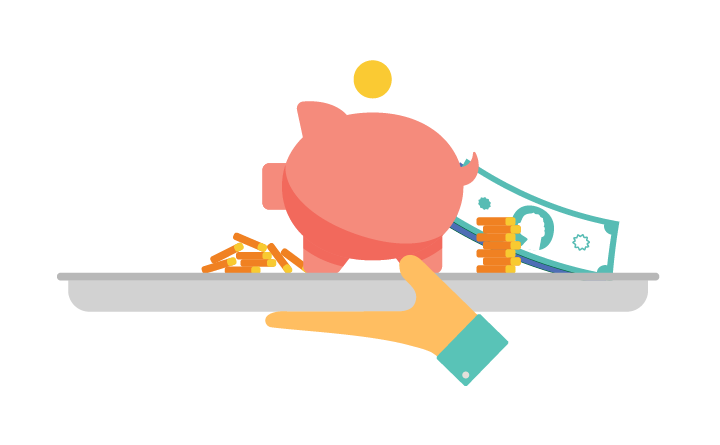
1. Choose Your Fun
Whether it's an occasional high-ticket item or a low-cost treat you consistently give in to, you probably have a few nonessentials that keep popping up on your financial statements.
Instead of feeling guilty about spending that money, recognize that those purchases make you happy. If your budget applies to more than one person in your household, or you split bills with your partner, acknowledge what fun means to them, too.
It's important to put money allocated for fun into a different budget category than big, planned expenses — like a new car or a vacation that you're already saving for.
Your fun budget is for items and activities that bring you happiness day-to-day. Maybe it's the latest electronic device or outdoor gear for your favorite hobby.
If you don't plan for these purchases but you keep buying them anyway, your spending might end up feeling a little less fun, especially if it puts your bigger plans out of reach.
"Be really specific about it," Black said. "For me, it's new shoes. For my boyfriend, it's video games. Being intentional helps you set achievable goals and planning for it can give you something to look forward to."
2. Set Ground Rules
Give yourself a few ground rules before you start budgeting:
- Cover your essentials: Unless you're ready to make a major lifestyle change, assume your rent or your mortgage is a fixed cost. You can take some steps to reduce some essential costs, like evaluating your grocery budget, or reducing your energy use at home, but you still have to keep the lights on. If you need to cut back to balance your budget, start with the nonessentials first.
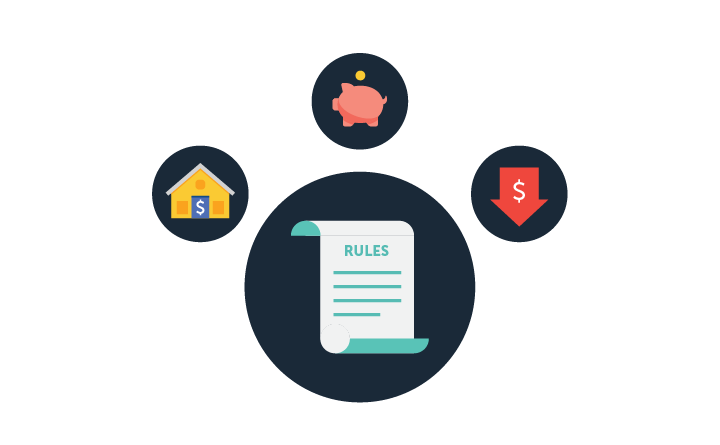
- Build your emergency fund: A surprise car repair, medical bill or losing your job can set you back if you don't have an emergency fund. Set a goal to have three to six months of income saved, but you don't have to do it all at once, and you don't have to forgo all fun in the process. Black recommends setting micro goals for building your emergency fund: Start with $100, then $500. Work your way up until you reach your bigger goal. Don't touch that money unless it's really an emergency.
- Pay off debt: Whether it's the debt snowball, debt avalanche or debt cascade, commit to a strategy to pay off debt. Pick the strategy that motivates you and stick with it. Your debt payments will pick up momentum, and your debts will start to shrink faster. You don't have to pay off all your debt before you allocate money to having fun. In fact, Black discourages that. Be flexible and think about how much you can pay while still having enough left for your fun budget. The key is to be consistent.
3. Estimate Costs
After you've decided what fun means to you and you've set your ground rules, add up how much you've been spending on fun activities. Be sure to look back at past bank and credit card statements — a year if you can.
You might notice more spending during certain months, especially if an activity is seasonal, like skiing in the winter or outdoor concerts in the summer.
4. Use the 50/30/20 Rule To Decide How Much To Budget
Now that you know how much you spent on fun in the past, decide if that seems like the right amount. Is the total cost surprising? Did you end up going into debt every time you made a fun purchase? If you feel like you spent too much, consider how much seems like a reasonable amount.
One way to gauge how much is the right amount to spend on fun is the 50/30/20 rule. According to this method, no more than 50% of your income, after taxes, should go toward needs; 30% of your income can go to things you want, including fun; 20% should go into savings.
If you're spending more than 50% on needs or more than 30% on wants, you may need to take another look at your expenses and see where you can adjust.
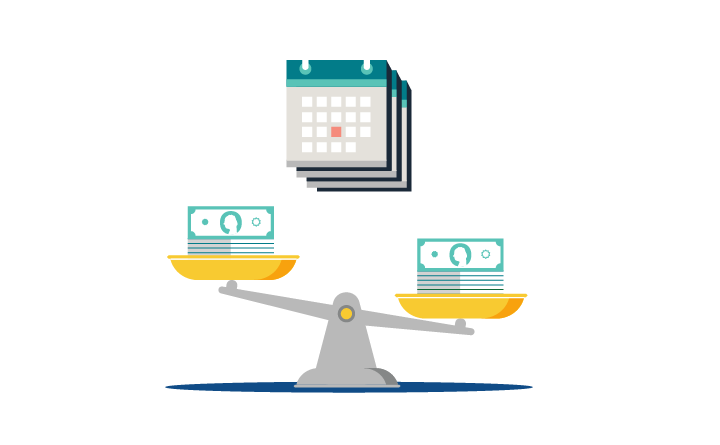
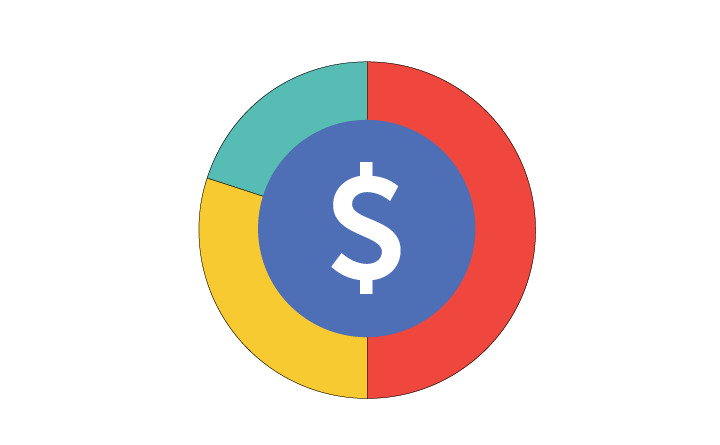
5. Give Fun Its Own Budget Line
Now factor the fun activities you identified earlier into the 30% you can spend on wants. Give fun its own budget line when you create or update your budget.
If your total spending is more than your income, you'll need to make some adjustments. On the flip side, if you have a bunch of money left over in your budget, decide what you're going to do with it.
"Every dollar needs a job," Black said. "Saying you're going to just spend whatever is left over is not a plan. That's where people get into trouble."
6. Schedule Your Savings To Pay For Fun
Once you know how much of your budget is dedicated to having fun, divide up the annual total into savings increments that make sense to you. You can set aside monthly savings by dividing the total by 12 or dedicate a portion of each paycheck to your fun fund by dividing the annual total by the number of times you get paid in a year.
Another option is to set a deadline based on an event or date by when you want to spend your money. Divide the total cost of your fun budget by the number of weeks, months or paychecks until the deadline.
7. Open Separate Accounts
Separate checking or savings accounts make it easier to keep track of savings goals and make it harder to dip into funds you've committed to other expenses.
Set up and nickname separate accounts based on what each one is for. You can even get a different debit card for your fun-specific account.
You can set up direct deposits or automatic transfers to your accounts, based on the categories in your budget, so every time you get paid your dedicated funds grow.
8. Use Cash To Spend on Fun
Before you head out on the town with your friends, or, like Black, go shopping at your favorite shoe store, set a spending limit and only take that amount of cash with you. You'll know you hit your limit when the money is gone.
Sure, you could pull out your debit or credit card or stop by the ATM to get more money, but taking an extra step might slow you down enough to prevent big splurges.
9. Spend Guilt-Free
Once you've budgeted, saved and covered your financial obligations, it's time to have fun. You can spend money guilt-free and not have to worry about paying a ton of interest or adding to your debt.
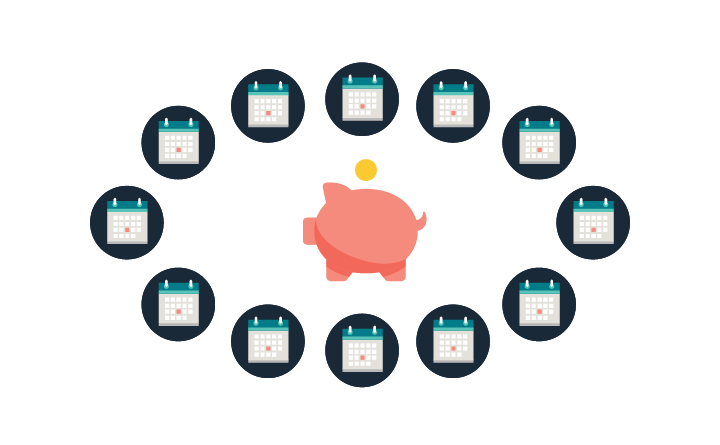
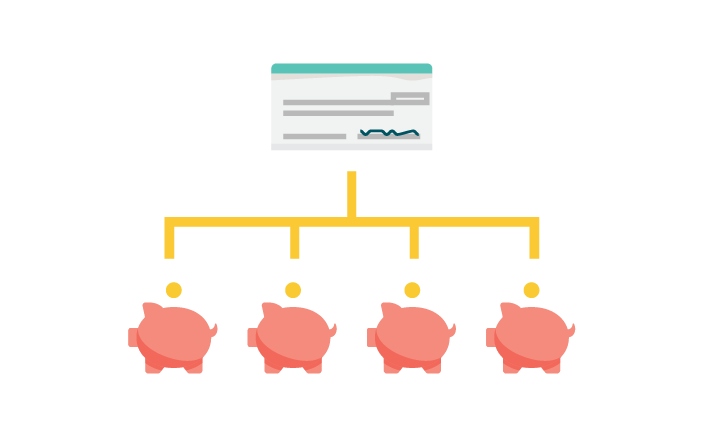
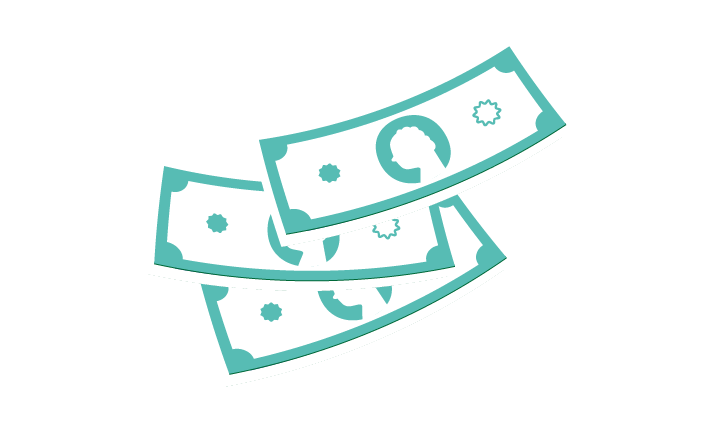
What if You Live Paycheck-to-Paycheck?
If you don't have much income, the thought of having enough money just to cover basic living expenses can seem daunting.
That's when it becomes even more important to take a close look at your expenses and set budget goals. If you tell yourself you can't afford to have any fun, you might be setting yourself up to overspend.
Black suggests thinking about what you find fun about the things you tend to splurge on and looking for low-cost options.
"I like to think about the experience I'm trying to have," Black said. "I think of it as a challenge to come up with creative alternatives."
Your local library might have free programs and events, and street fairs can be a great place to see local artists and hear music. If eating out with friends is your thing, Black suggested trying to organize regular potlucks instead.
Even if you don't have much money, planning to have fun can go a long way to helping you achieve your financial goals.
Resources
The above article is intended to provide generalized financial information designed to educate a broad segment of the public; it does not give personalized financial, tax, investment, legal, or other business and professional advice. Before taking any action, you should always seek the assistance of a professional who knows your particular situation when making financial, legal, tax, investment, or any other business and professional decisions that affect you and/or your business.



